1. Penthouse in Pizzo, Vido Valentia, Calabria – €81,000
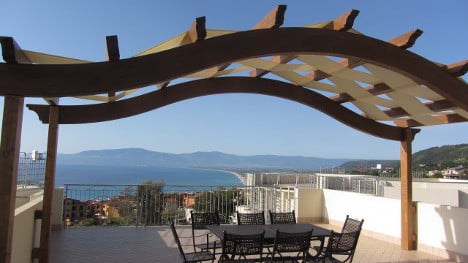
Just a 20 minute drive from Lamezia Terme airport, you could find yourself sipping an aperitivo on the large terrace of this one-bedroom penthouse, while soaking in the views of the Gulf of St Eufemia along Italy's Calabrian coast.
The apartment is a 15-minute walk to the centre of Pizzo, a seaside town famous for its chocolate truffle ice cream.
The town's historical centre sits on a headland above the sea. With its beautiful coastline, warm weather and pretty hilltop towns, Calabria is one of Italy's so-far hidden gems, still largely untouched by mass tourism.
2. One bedroom apartment in San Siro, Como – €89,000
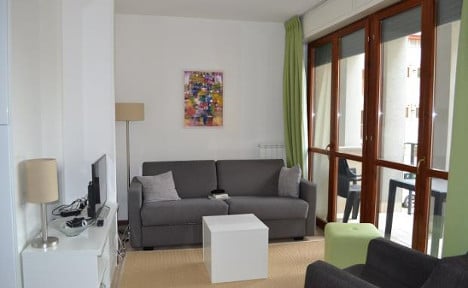
Lake Como is a popular place but we don't all have to be of George Clooney's ilk to afford to live there. This one bedroom apartment is within walking distance of the lake and the town of San Siro.
Popular sites in the town, situated on Lake Como's north-west shore, include Villa Gaeta, where scenes in the James Bond film, Casino Royale, were filmed.
The bright apartment includes a living room, dining area and fully-fitted kitchen and bathroom.
San Siro is within a 1 hour and 30 minute drive from Milan's Malpensa airport, or about two hours by train.
3. Three bedroom house in Licciana Nardi, Lunigiana, Tuscany – €90,000
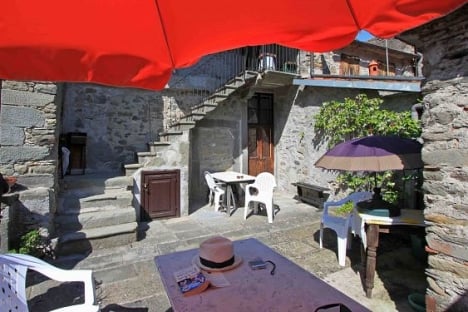
Lunigiana is located in northern Tuscany, in the province of Massa Carrara, and borders the coastal region of Liguria and Emilia Romagna.
This three-bedroom restored house is set on top of a 16th century stone building in a picturesque area near the village of Licciana Nardi. Retaining its original features, the property comes with a large attic room, a terrace with a pizza oven, a living room with a wood burning stove and a bathroom with fitted shower.
With an abundance of medieval castles and breath-taking scenery, Lunigiana has been likened to a “magical kingdom”.
The nearest airport is Pisa, followed by Genoa. The area, popular for hiking and cycling, is also within reach of Cinque Terre, Lucca and Florence.
4. Two bedroom house in Pretoro, Chieti, Abruzzo – €89,000
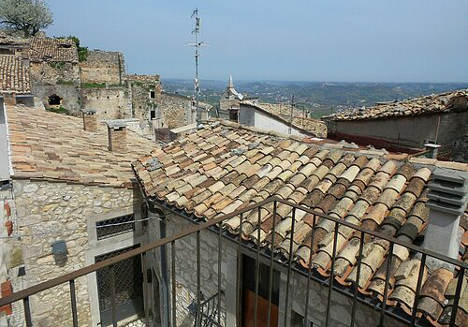
This two-bedroom property, located 15 minutes from a local ski resort and 25 minutes from the Adriatic coast, has been completely restored in stone and rock. It comes with a terrace with views over rootops and towards the sea, a dining room/kitchen, living room and fireplace.
The nearest airport to Chieti, a mostly mountainous area, is Pescara. The area is well-known for its wine and olive oil.
5. Two-bedroom villa in Francavilla Fontana, Brindisi, Puglia – €89,000
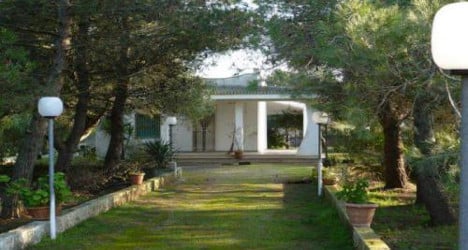
Puglia, the sun-kissed region on the heel of Italy's boot, comes with a glorious coastline and many beautiful towns.
But, compared with the likes of popular Tuscany, it is still relatively untouched by mass tourism.
That said, foreign property buyers have been lured to the region in recent years by its characteristic trulli homes, with their coned rooftops.
But many of those require restoration.
Here we have a two bedroom, ready-to-live villa in Francavilla Fontana, a town within reach of Brindisi airport.
Spread over 100 square metres, the property also consists of a living room, kitchen/diner, bathroom and two large covered porticos as well as a roof terrace.
It is also surrounded by a well-kept garden with olive trees, ornamental plants and ample parking space.
6. Two bedroom apartment in Lajatico, Pisa, Tuscany
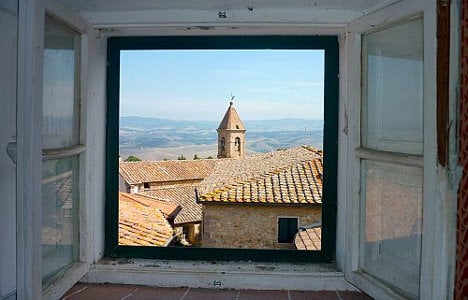
You'll find this property in the hilltop village of Orciatico, which is part of Lajatico, the birthplace of Italy's famous tenor, Andrea Bocelli.
Each year, visitors from all over the world descend on Lajatico for an open-air concert in its amphitheatre.
Volterra, San Gimignano and the airports of Florence and Pisa are all within an hour's drive.
The 100-square-metre property, which is currently being renovated, will come with two bedrooms, a living room, bathroom and balcony with a view over the village. The renovation is expected to be completed within four months.
The surrounding area is popular for hiking, mountain biking and horse riding.
7. One bedroom apartment in Rotella, Ascoli Piceno, Marche – €87,500
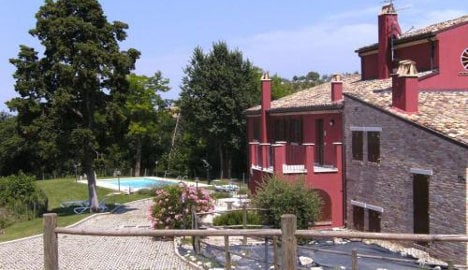
Surrounded by rolling hills, the picturesque town of Rotella has just 985 inhabitants.
The property, which is on the ground floor, provides spacious accommodation including a newly fitted kitchen, living room with sofa bed and French doors leading onto the patio, bedroom and bathroom.
The apartment is said to be “tastefully furnished”. The nearest airport is Ancona.
8. One bedroom apartment in Potenza Picena, Macerata, Marche – €99,000
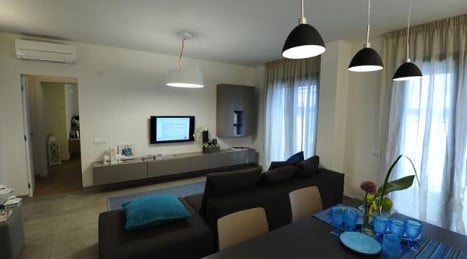
Another gem from the rolling hills of the Marche region, this one-bedroom apartment, part of the Ecocittà property development, has been described as “class A”.
Located in Porto Potenza, Macerata, and close to the sea, the property is said make an ideal holiday home. The development itself includes shops, a central square and green areas.
Hosting one of Europe's oldest universities, the hilltop town of Macerata has a vibrant student scene.
9. Three bedroom apartment in Teulada, Cagliari, Sardinia – €100,000
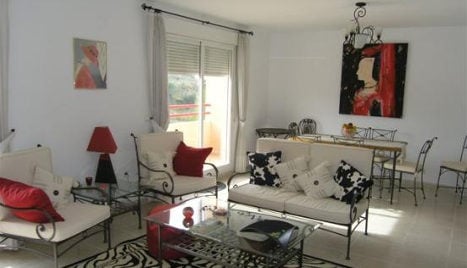
The first and only on our list from one of Italy's islands, this modern three bedroom apartment is located in the picturesque town of Teulada, and is just a five minutes drive from Sardinia's stunning south coast.
The property comes with two large bedrooms, a kitchen with all appliances, two large bathrooms and a lounge/dining room. There is also a guest bedroom and balcony.
10. Two-bedroom apartment in Vallabona, Imperia, Liguria – €95,000
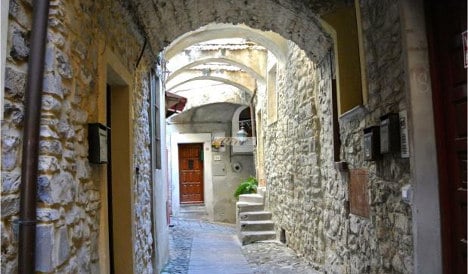
Italy's Ligurian coast, which stretches from the French border right the way down to the famous Cinque Terre, is dotted with several pretty towns set against a mountainous background.
This property is located in Vallabona, a town founded in the Middle Ages, in the province of Imperia.
Located on the first floor of a typical Ligurian house, the apartment comes with two bedrooms, living room, kitchen, bathroom and cellar.
It is surrounded by places to visit, including Bordighera, Alassio and San Remo, and is close to the south of France, giving you the choice to either fly into Nice or Genoa.
These properties have been brought to The Local via A Place in the Sun, a British Channel 4 lifestyle programme about buying property overseas.
For more details on these and other properties in Italy and elsewhere, please visit www.aplaceinthesun.com.


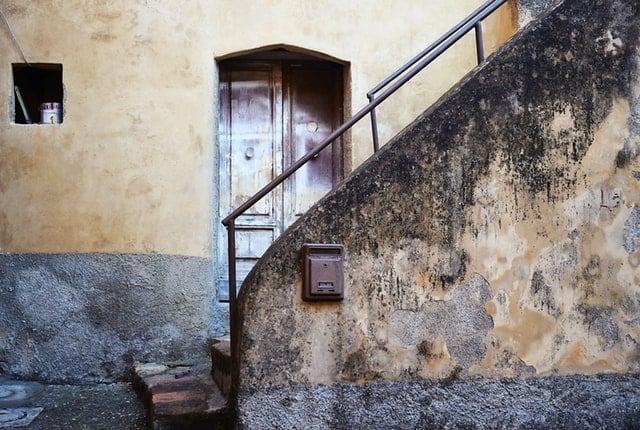
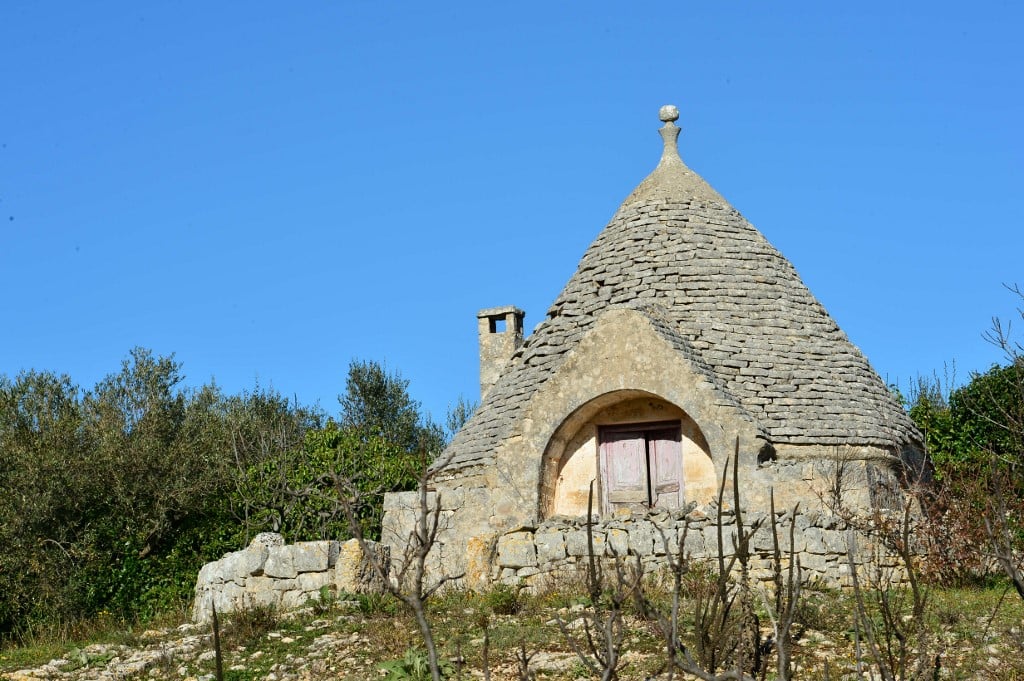
 Please whitelist us to continue reading.
Please whitelist us to continue reading.
Member comments